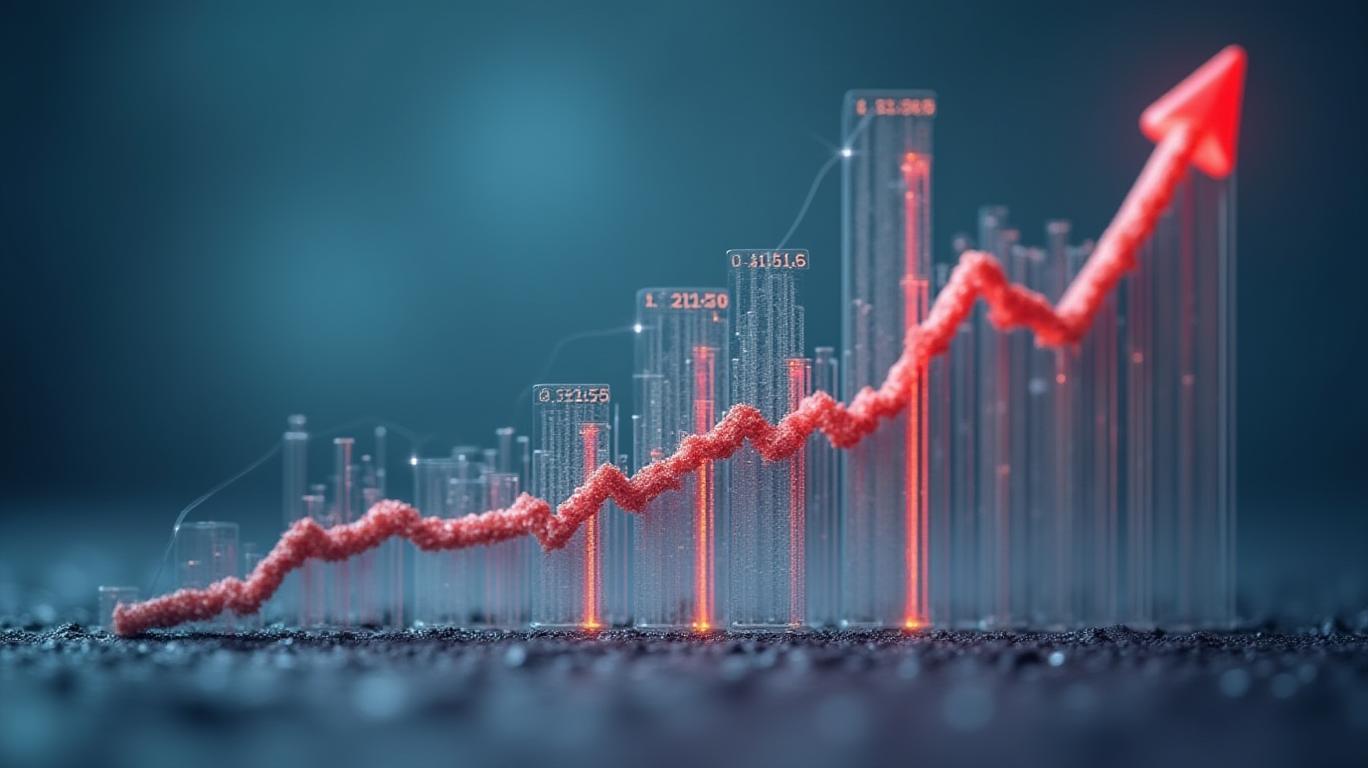Trade Talks Stumble, Fed Holds Steady Amid Tariff-Driven Uncertainty
The U.S. Federal Reserve’s May 2025 decision to maintain its historically high interest rates, coupled with stalled U.S.-China trade negotiations, has left investors navigating a treacherous landscape of economic crosscurrents. With tariffs now acting as a double-edged sword—fueling inflation while shielding domestic industries—the Fed’s “wait and see” strategy and market skepticism highlight a critical juncture for global growth.
The Fed’s Tightrope: Risks Mount, Cuts Stay on Ice
The central bank’s decision to keep rates at 4.25%-4.5% underscored its growing unease about trade policy spillovers. Fed Chair Jerome Powell emphasized that President Trump’s 145% tariffs on Chinese imports—“substantially larger than anticipated”—could delay progress on both price stability and employment.

Powell’s refusal to bow to Trump’s calls for rate cuts reinforced the Fed’s data-driven stance, but markets interpreted its caution as a warning. JPMorgan’s David Kelly labeled the Fed’s statement a “shot across the bow” to policymakers, noting tariffs risked derailing labor markets and inflation simultaneously.
Trade Talks: Stalemate with a Silver Lining?
Despite U.S. Treasury Secretary Scott Bessent’s push for negotiations in Switzerland, hopes for a swift resolution remain dim. The 145%-125% tariff tit-for-tat has already triggered a synchronized slowdown: the U.S. economy shrank in Q1 2025 as businesses stockpiled goods, while China’s factory activity hit a 16-month low.
Yet, analysts see a flicker of hope in the talks’ focus on a temporary tariff pause. Yardeni Research’s Ed Yardeni predicts Trump may reverse course ahead of the 2026 election to avoid a politically toxic recession. For now, however, the economic toll is clear: consumer prices are climbing, and savings rates on 5-year CDs (1.69%) offer little solace against credit card rates hitting 20.12%.
Markets: Volatility as the New Norm
The Fed’s announcement sent equities reeling, with the S&P 500 falling 0.4% and the Nasdaq dropping 0.9%. Institutional investors withdrew $97 billion from equities and bonds in three weeks, but retail investors defied the trend, extending their 21-week buying streak.
Goldman Sachs’ Ashish Shah sees the Fed holding rates steady through June, with the first cut likely in July—if labor markets soften. But with unemployment still near historic lows, the Fed’s patience could stretch further, keeping borrowing costs elevated for consumers and businesses alike.
Conclusion: A Delicate Dance Between Policy and Politics
The Fed’s reluctance to cut rates and the unresolved trade war underscore a pivotal truth: economic stability now hinges on political compromise. With tariffs adding 1-2% to inflation and delaying Fed targets by a year, the path to resolution remains fraught.
The numbers tell the tale: a 145% tariff barrier, a 21-week retail buying streak, and interest rates at decade highs. For investors, the calculus is clear—brace for volatility, but bet on resilience. As Powell put it, “The economy has been resilient…”—a fragile hope, but hope nonetheless.
Markets will likely remain “choppy” until tariffs retreat or the Fed signals retreat. Until then, the Fed’s wait-and-see strategy and the U.S.-China stalemate ensure that every data point—and political headline—will drive the next chapter in this high-stakes drama.

Comments
No comments yet